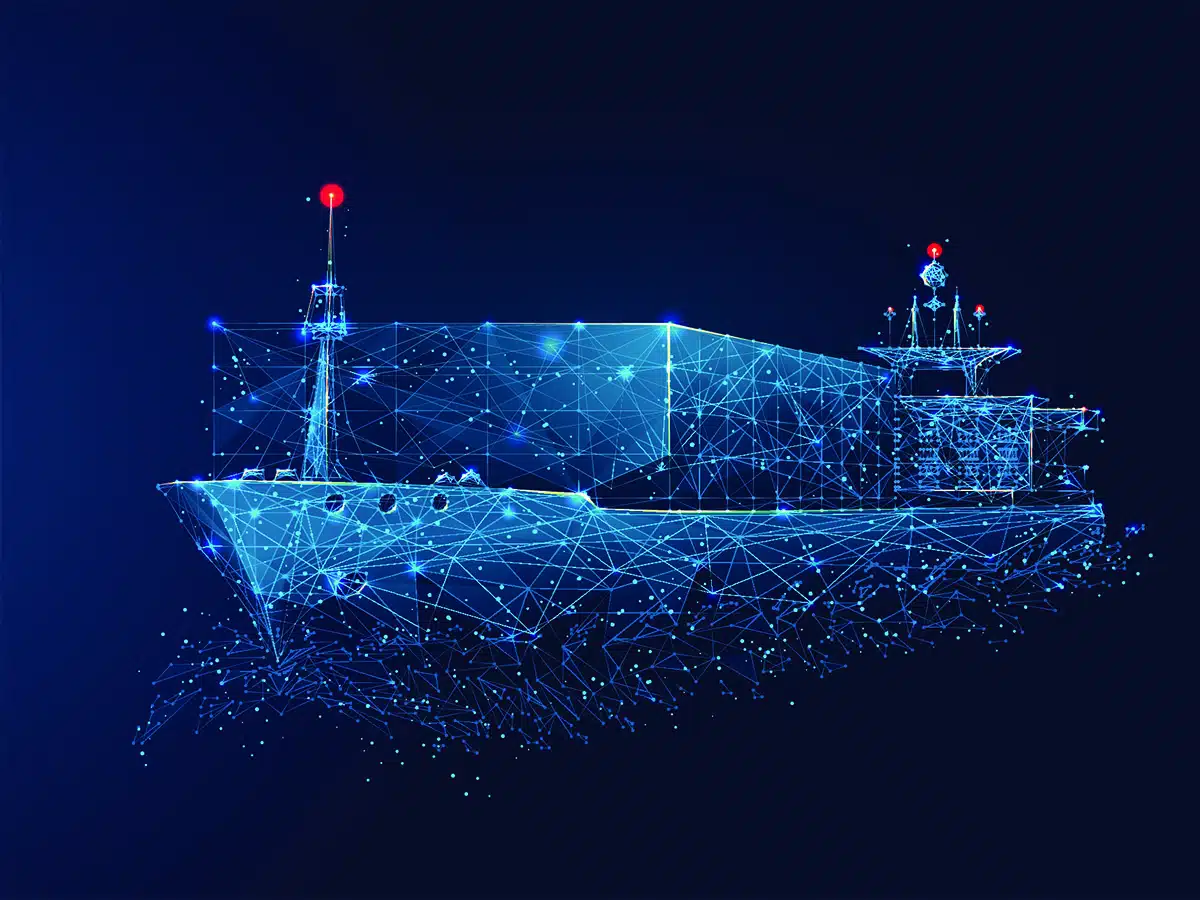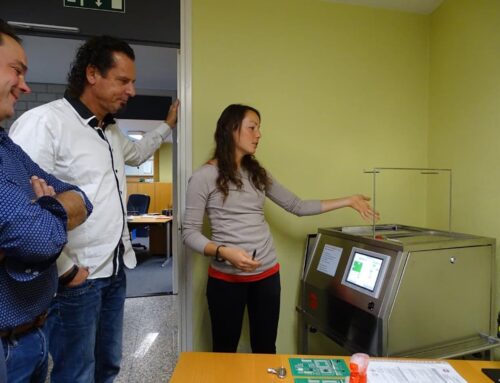Ships that sail the seven seas, kitted out with artificial intelligence and sensors but without a single human being on board: is this a dream of the future? No, it is already today’s reality. What you can see here is actually two developments. The first development is guiding the ship away from the dock side in the port and the second is selecting the route across the seas by means of artificial intelligence and sensors.
Ships that have no crews on board can be built in a completely different way, because there is no need for such facilities as cabins, toilets and a galley. This leaves much more space for containers and other materials. This naturally goes for the ships carrying cargo. Ship carrying passengers obviously still require facilities for people and staff on board, but the staff will be needed for service and no longer for keeping a ship on course.
Cargo ships come in all sorts of types and sizes, and each can be designed to suit its cargo best. Ships that will be carrying liquids for instance could be designed in the form of a cigar. Multi.engineering is a company that is thinking about the shape of the ships of tomorrow. One of the hot items in design thinking now is modular building, meaning that when a ship is built up of modules, it can be services more quickly because a faulty module can be replaced more easily, so a ship does not have to be docked very long.
The materials to build a ship with are also under scrutiny. Steel for the hull will no longer be necessary in the future. Alternatives are being researched and tested, and plastics are an interesting option, as is glass. Oceanco is a company specialised in building very luxurious yachts, and it works together with Ghent University to research which possibilities glass could have in boat building.
Another dynamic research field is the power supply of a ship. Propulsion by wind energy is in its experimental stages already producing very encouraging results. The so-called Flettner Robots are currently being tested on various ships. The robots enable a ship to move on electric engines.
Finally, hydrogen as a source of energy is being researched at the TU Delft, and the first positive results have already been reported.
However, before unmanned ships appear all over our rivers, seas and oceans, legislation will have to be adjusted. Once the way is cleared, worldwide shipping can really contribute to a reduction in CO2 emissions together with the use of clean energy sources.










